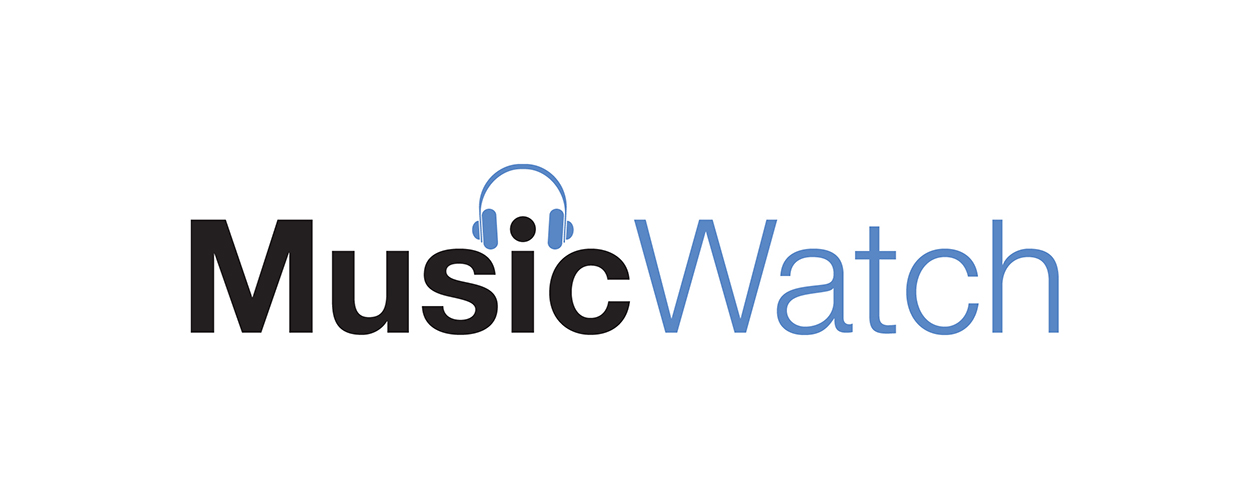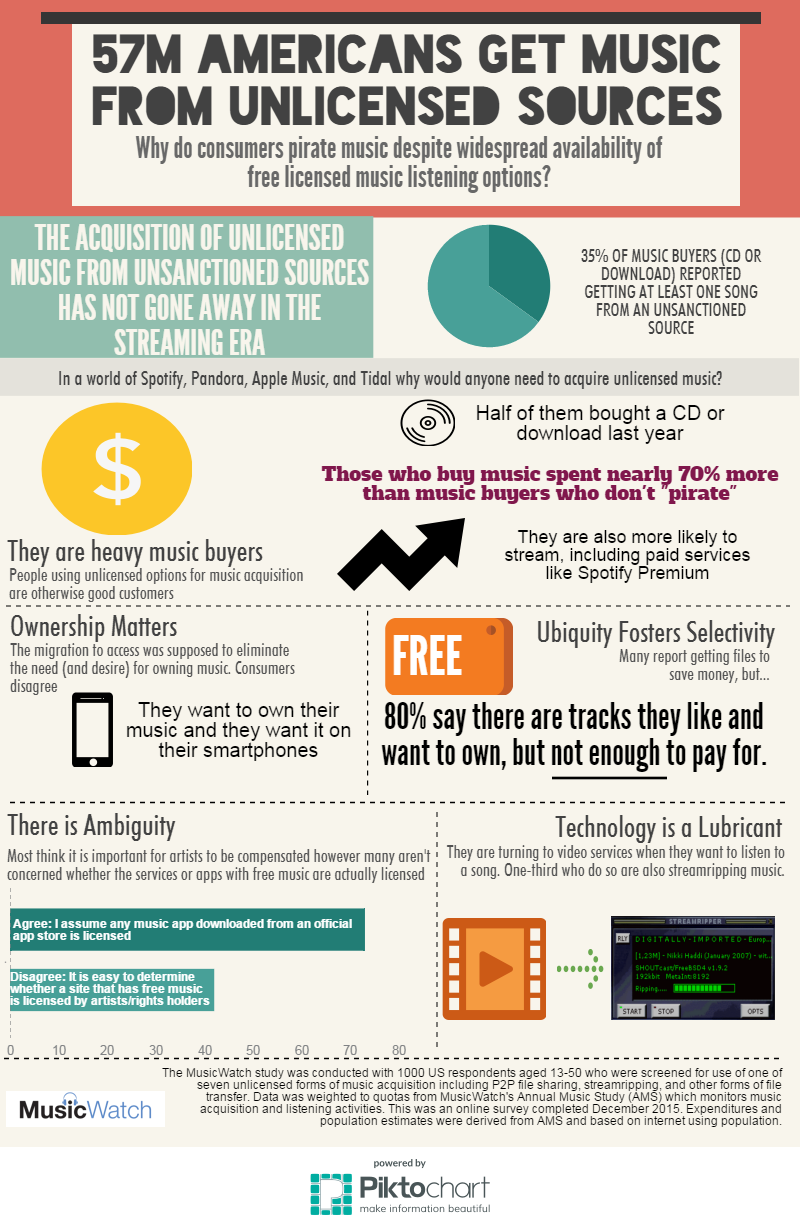This website uses cookies so that we can provide you with the best user experience possible. Cookie information is stored in your browser and performs functions such as recognising you when you return to our website and helping our team to understand which sections of the website you find most interesting and useful.
Business News Digital Labels & Publishers Top Stories
P2P may be down, but music piracy continues to grow, says new research
By Chris Cooke | Published on Wednesday 24 February 2016

Following some chatter that occurred during the whole “Kanye’s Tidal-exclusive album is on the file-sharing networks, shocker!” moment last week – to the effect that music piracy has waned in recent years – US research firm MusicWatch has stepped up with a big fat “no, no, no, no”, aided by the results of a survey it conducted back in December.
MusicWatch confirms that while the number of Americans tapping P2P file-sharing networks for free unlicensed music has likely halved in the last decade (it estimates there were about 41 million such file-sharers in the US in 2004, compared to about 22 million in 2015), that doesn’t mean online piracy across the board is declining.
Because, reckons MusicWatch, the “badquirers” are still involved in plenty of “badquisition” (yeah, those are the firm’s actual terms), they’re just using alternative methods like “streamripping”. I think they missed a trick there to be honest, why not call it “stripping”?
The point is, the sharing of links to content stored in digital lockers and the ripping of music streams, especially off platforms like YouTube, have become increasingly popular ways for people to get free music as P2P file-sharing has gone into decline. Overall, MusicWatch estimates that 57 million Americans are now “badquiring” music through the various piracy channels, including 35% of those who are still buying CDs and downloads.
Given that the music industry has gone out of its way to provide legitimate free streaming services in recent years – partly ad funded, partly through tel-co partnerships, and partly as loss-leader marketing platforms that attempt to upsell subscription services – MusicWatch also questioned the thousand Americans taking part in its most recent survey as to why they still tap illegal sources of content.
Among the reasons given are that the pirates still want to own the music they really like, so free streams are good for day-to-day, but they want MP3s of the best stuff. Plus mobile listening is key, and the free streaming services often don’t work when a phone is out of range, and even when they do, they might eat up a consumer’s mobile data allowance.
The classic excuses for online piracy were also raised – including that people access tracks illegally that they can’t find on the legit platforms, and that people use piracy as a try-before-you-buy service, and: “If we like it, we buy it, promise, guvnor”. Meanwhile 73% of respondents said that they assumed any app providing free music that comes from an official app store must be legit. Even though many are not.
Of the stats, that last one will be of most concern – but also, possibly, most use – to the music industry. Those who pay attention to these things know that online piracy has shifted in recent years. Which is why there was quite of a bit of litigation against the digital locker platforms, of which the ongoing MegaUpload legal battle was the highest profile. Meanwhile others have expressed concern about the number of apps available in the Apple and Google stores that give users a ready supply of free, illegal music, or which aid with the ‘stripping’ process.
Pressure has been put onto the tech giants on this point in the past, though plenty of apps still remain, and some score highly when people search app stores for “free music”. Even though – with both Apple and Google now in the streaming music game themselves – you’d think there’d be support within those companies for a crackdown on such software.
The fact that MusicWatch’s survey suggests that there is considerable consumer confusion over which music apps are legit and which are not – a confusion that is presumably furthered because some legit music apps do offer free music – might be grounds to pile more pressure onto Apple and Google on this issue.
Meanwhile, in the ongoing battle with Google over YouTube, labels and music publishers could be more vocal in their demands that the video site do more to hinder the stripping of audio off its platform. Those demands have been made before, and YouTube did make a few nominal moves to target the makers of the stripping apps, though this issue doesn’t seem to get the same attention as the “charge more for your ads” and “down with safe harbours” side of the YouTube debate.
All that said, as has always been true in the long-running battle against online piracy, technical and legal solutions will only ever go so far. Ever better legal services and more copyright education are also key. Though we’ve probably got enough mediocre murals to be getting on with for now.
Read the MusicWatch blog on its latest piracy survey here, and here’s one of those infographic things:






